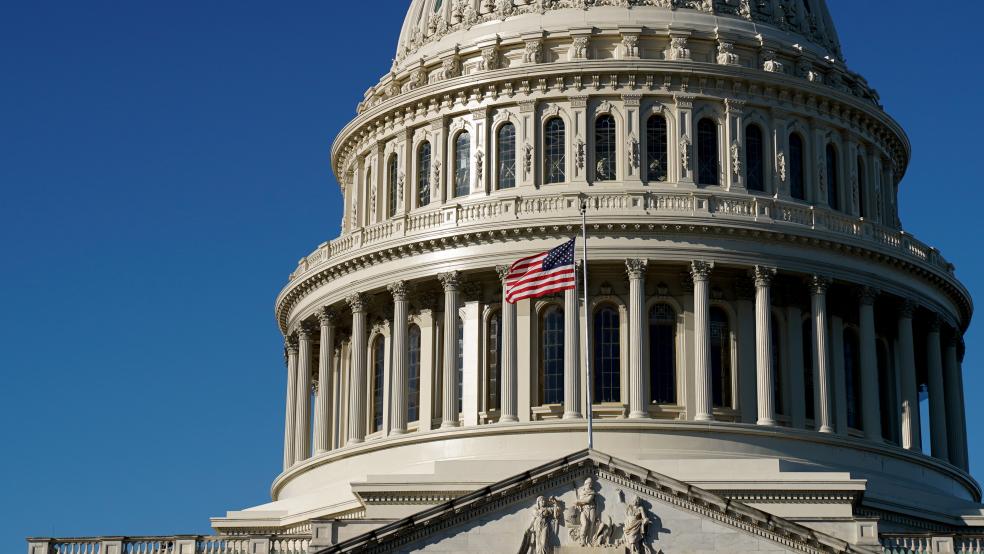The federal government has sent about $800 billion to the states to boost local economies and help cover the cost of fighting Covid-19, according to a new report from Pew Charitable Trusts. That means that states have received a bit more than one of out every six dollars from the $5.2 trillion provided by Congress overall in response to the pandemic.
“Legislation in response to the pandemic spanned administrations and provided aid to states in numerous ways, including funding for new programs and for existing ones that, like Medicaid, often get a boost during economic downturns,” Pew’s Rebecca Thiess and Madalyn Bryant write. “Although dollars went to support programs in each major area of budgeting, flexible pots of money in the Coronavirus Relief Fund and the State and Local Fiscal Recovery Fund—which together totaled $307 billion for states—were the largest category of funding going to states.”
The funds were provided by eight separate bills, the largest portion of which was the $433 billion in the American Rescue Plan Act of March 2021. Other major funding includes $151 billion in the Coronavirus Aid, Relief, and Economic Security Act and $60 billion in the Families First Coronavirus Response Act, both signed into law in March 2020.
Overall, the federal aid to states was unprecedented in size and far larger than the funds provided during the Great Recession of 2007-2009 (see the chart below). “Increased federal aid to states during a time of crisis is common, but the response to COVID-19 has seen an infusion of dollars that will have reverberating effects for years to come,” the Pew analysts write. “The long-term impact of this funding is unknown, but states have opportunities to approach this unprecedented time with tools for sound fiscal planning as they navigate decision-making around these new federal funding streams.”




